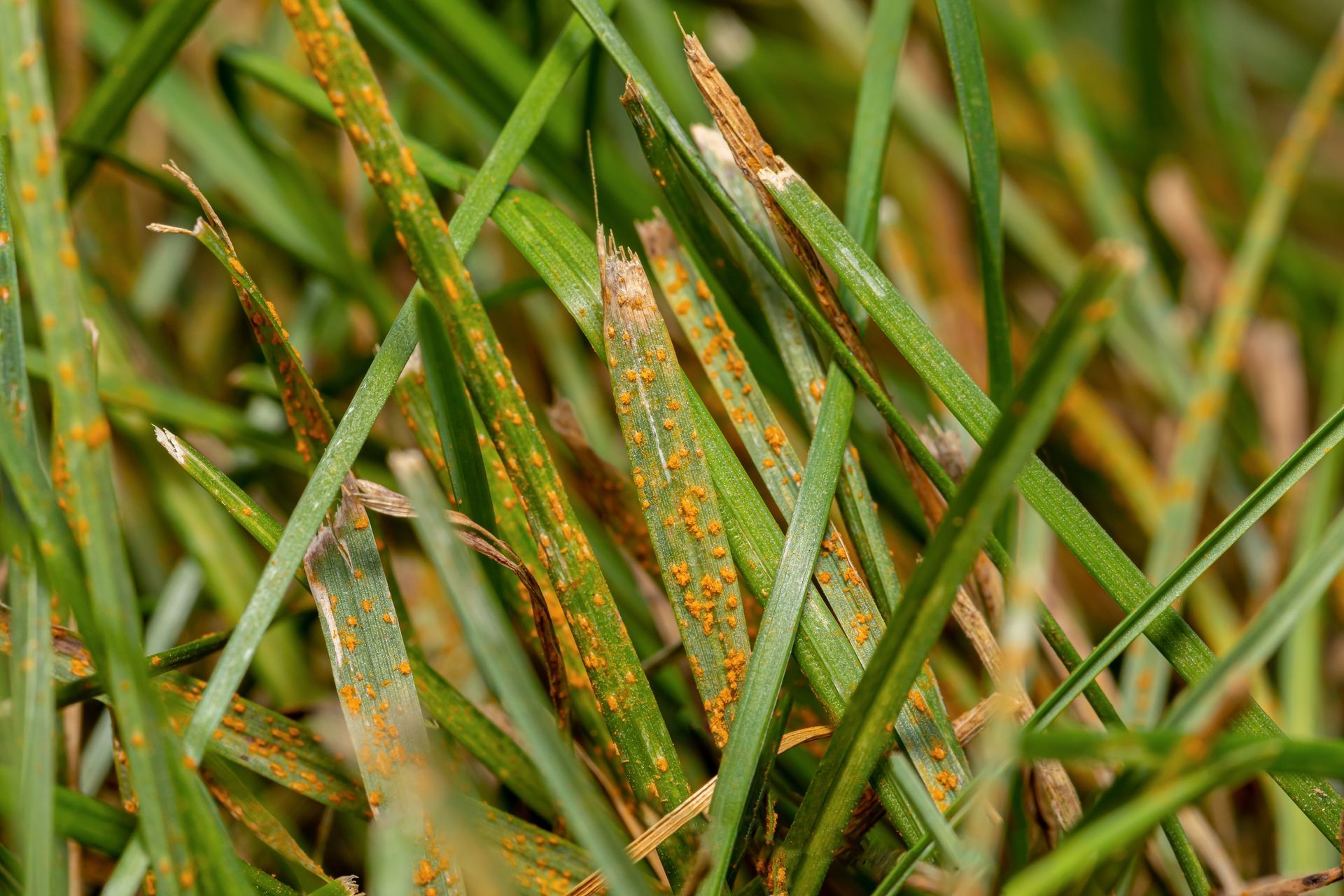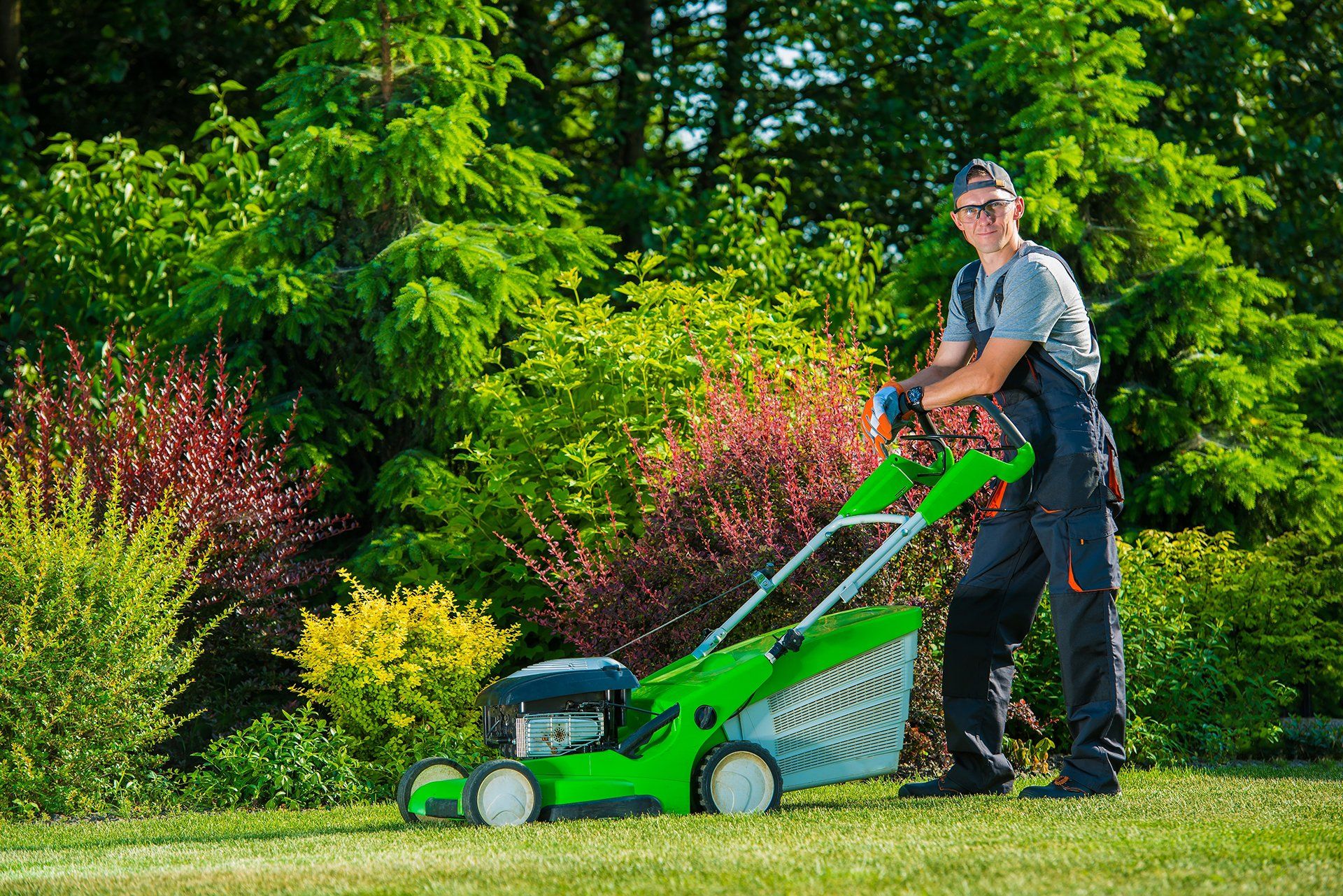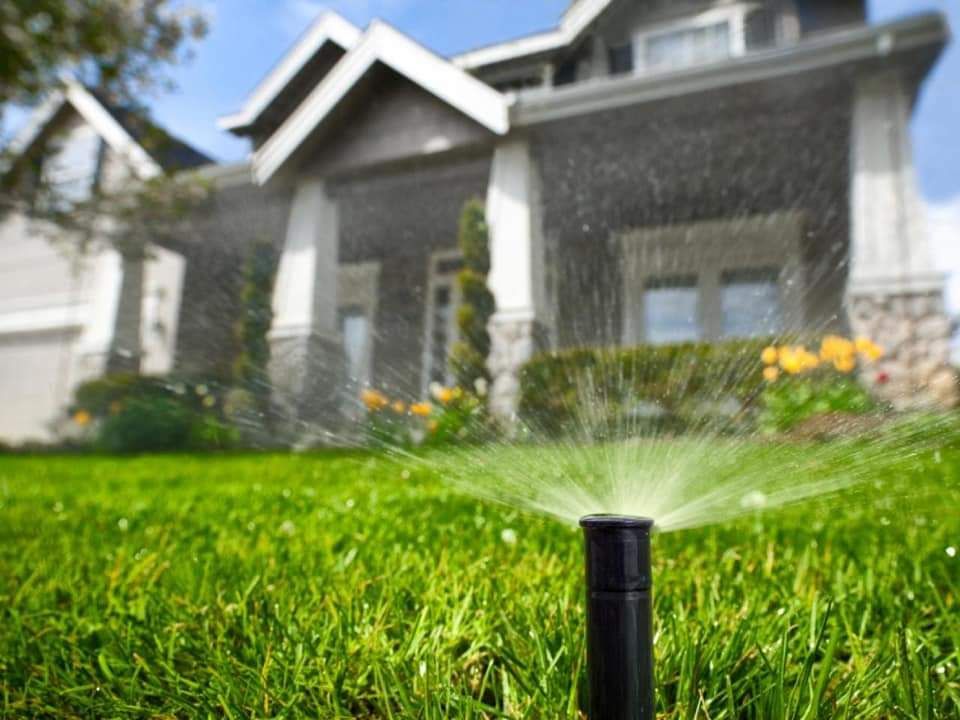Understanding Soil Composition in Florida: A Comprehensive Guide.
Florida’s unique climate and diverse landscapes contribute to a wide variety of soil types across the state. Understanding the composition of these soils is crucial for gardeners, farmers, and anyone interested in land management. In this blog post, we’ll explore the different soil types found in Florida, their characteristics, and how to manage them effectively.
Types of Soil in Florida
- Sandy Soils
- Location: Predominantly found in North and Central Florida.
- Characteristics: Sandy soils are well-drained but often lack essential nutrients. They are easy to work with but require frequent fertilization to support plant growth1.
- Clay Soils
- Location: Common in the Panhandle region.
- Characteristics: Clay soils are dense and compact, which can lead to poor drainage. However, they are rich in nutrients and can be very fertile if managed properly2.
- Peat Soils
- Location: Found in the Everglades and other wetland areas.
- Characteristics: Peat soils are highly organic and extremely fertile. They retain moisture well but can be challenging to work with due to their high water content3.
- Limerock Soils
- Location: Predominantly in South Florida.
- Characteristics: These soils are shallow and influenced by limestone. They can be alkaline and may require amendments to support certain types of plants2.
Managing Florida Soils
- Soil Testing: Before planting, it’s essential to test your soil to determine its pH, nutrient levels, and composition. The University of Florida’s IFAS Extension offers soil testing services that provide detailed analysis and recommendations1.
- Amendments: Depending on the soil type, you may need to add organic matter, lime, or other amendments to improve soil structure and fertility. For sandy soils, adding compost can help retain moisture and nutrients. For clay soils, gypsum can improve drainage and reduce compaction2.
- Fertilization: Regular fertilization is crucial, especially for sandy soils that tend to be nutrient-poor. Use a balanced fertilizer and follow the recommendations based on your soil test results3.
Conclusion
Understanding the soil composition in Florida is the first step towards successful gardening and farming. By testing your soil and making the necessary amendments, you can create a thriving environment for your plants. Whether you’re dealing with sandy, clay, peat, or limerock soils, proper management will ensure your garden or farm flourishes.


The Ultimate Guide to Lawn Maintenance in Florida: Why It’s Essential and How to Keep Your Lawn Lush




